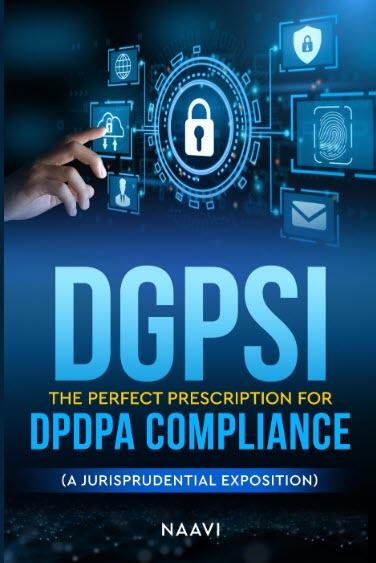FDPPI has set up a working group to develop a code of practice to bring data value into the financial statements of companies. The main objective is to bring “Visibility” to the value of assets held by an organization in the form of Data which needs to be secured. It may also help in the proper valuation of the organization in times of Mergers and Acquisitions and when insolvency petitions are considered by NCLT.
The suggestion is to develop a methodology for valuation acceptable to the larger sections of the society including the Government and the community of accountants. Hence FDPPI invites suggestions from the public on how data can be valued.
Presently we are focusing on Personal Data and the same methodology with suitable modifications would be extended to Non Personal Data when the new law as suggested by the Kris Gopalakrishnan committee is near finalization.
In order to trigger the thoughts we are making the initial version of suggestions placed before the committee by Naavi
Comments can be sent to the Committee to reach them before May 31st 2021, through e-mail fdppi@fdppi.in with the subject line marked “Data Valuation”.
Please do contribute your thoughts.
Naavi






Data Valuation:
The data can be various types:
1. Generic data which are commonly used and multiple access from various sources are available.
2. Specific and critical data which will pertain to an organisation or its intellectual property. There are many firms which have their own critical and analytical data which
they may be with storing through external hard drives or cloud storage.
3: Then there are intermediary connect organisations which link a professional and a client and insist upon uploading on its portal . How is this going to impact is a challenge. Such organisation could become a source for data mining .
4. The balance sheets and other financial statement of the company are often needed to be looked into obtain proper clarity.
5. The challenges to the valuers/ banks and financial institutions face is the land belongs to “x” and building belongs to “y”. Where as there is no proper reflection of how these assets have been mortgaged during lending. All these issues crop up when an asset gets into insolvency as the determining the interests will be a challenge.
6. The distorted data results in distorted values
Good observations. Like land belongs to X and building belongs to Y, personal data belongs to the data principal and profile is created by the Data Fiduciary. In case or portability or deletion, the issue of whether the value addition needs to be given back is a question that needs to be resolved. Please refer to the articles on naavi.org regarding the Theory of data.
https://www.naavi.org/wp/additive-value-hypothesis-of-ownership/